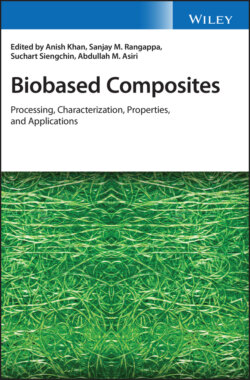Читать книгу Biobased Composites - Группа авторов - Страница 29
2.4.1 Solvent Casting and Particulate Leaching
ОглавлениеDuring Solvent Casting and Particulate Leaching (SCPL) technique, the polymer matrix is found to be dispersed with soluble particles [20]. As soon as the material is consolidated, an appropriate solvent washes away the dissolved particles, which then leads to a porous material [20]. But on the other hand, when the parts become thicker, then the solvent evaporation becomes difficult and the solvent particulate removal too becomes difficult [21]. Under these circumstances, the remaining amount of solvents or particulates available may be removed with the help of vacuum drying [22]. The orthopedic scaffolds that are used for bone replacement or repair have been fabricated by the SCPL method [23]. For avoiding the toxic nature of the solvents used with the host tissues, a highly porous biopolymer foam has been created through a method of gas foaming with the help of carbon dioxide in addition to the particulate leaching technique [24, 25]. Figure 2.1 depicts the steps involved in solvent casting and particulate leaching. For creating a homogeneous mixture, the polymer solution, prepared using an organic solvent, is mixed with a porogen particulate (i.e. NaCl). This mixture is then poured into the desired mold, after which the solvent has been made to evaporate. In order to obtain a complete porous structure, the mold has been washed by means of a particulate solution like water which dissolves easily for removing the residual particulates. Drying is carried out under vacuum in order to remove the residual solvent or particulate to get the newly formed scaffold.
Figure 2.1 Steps involved in solvent casting and particulate leaching.
